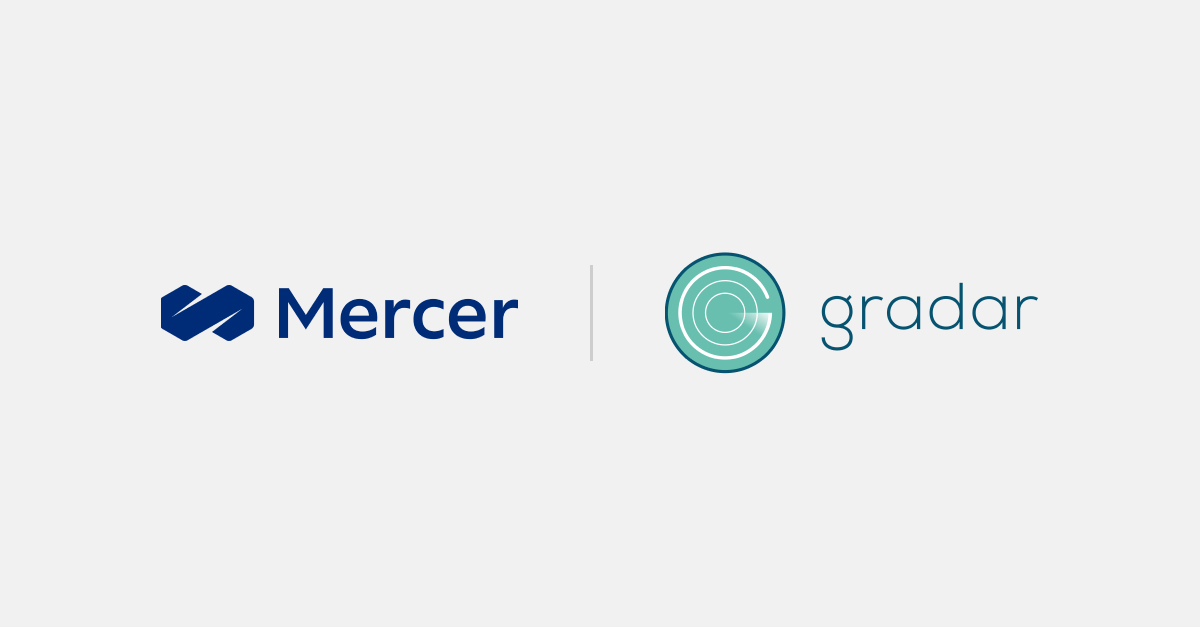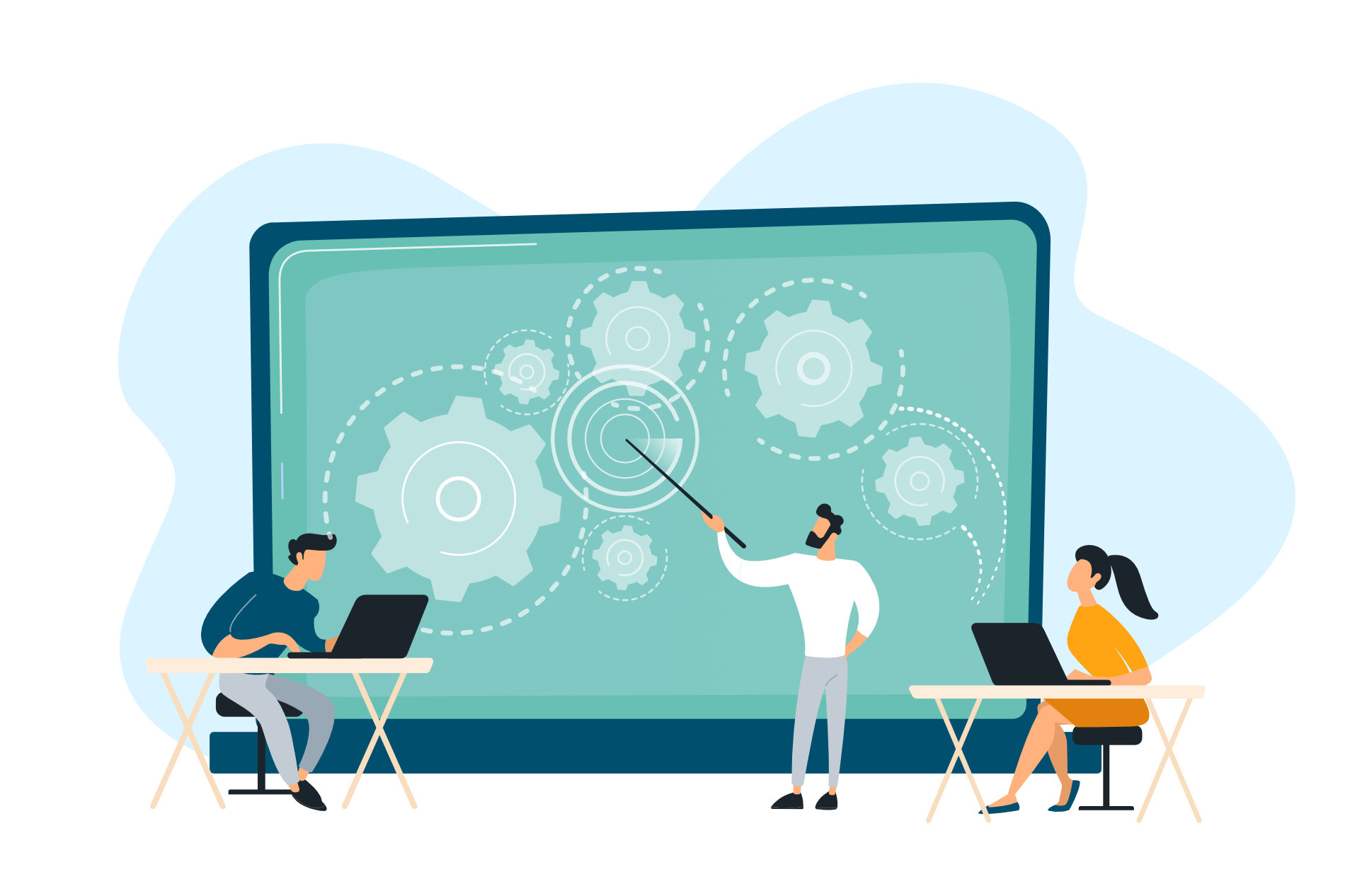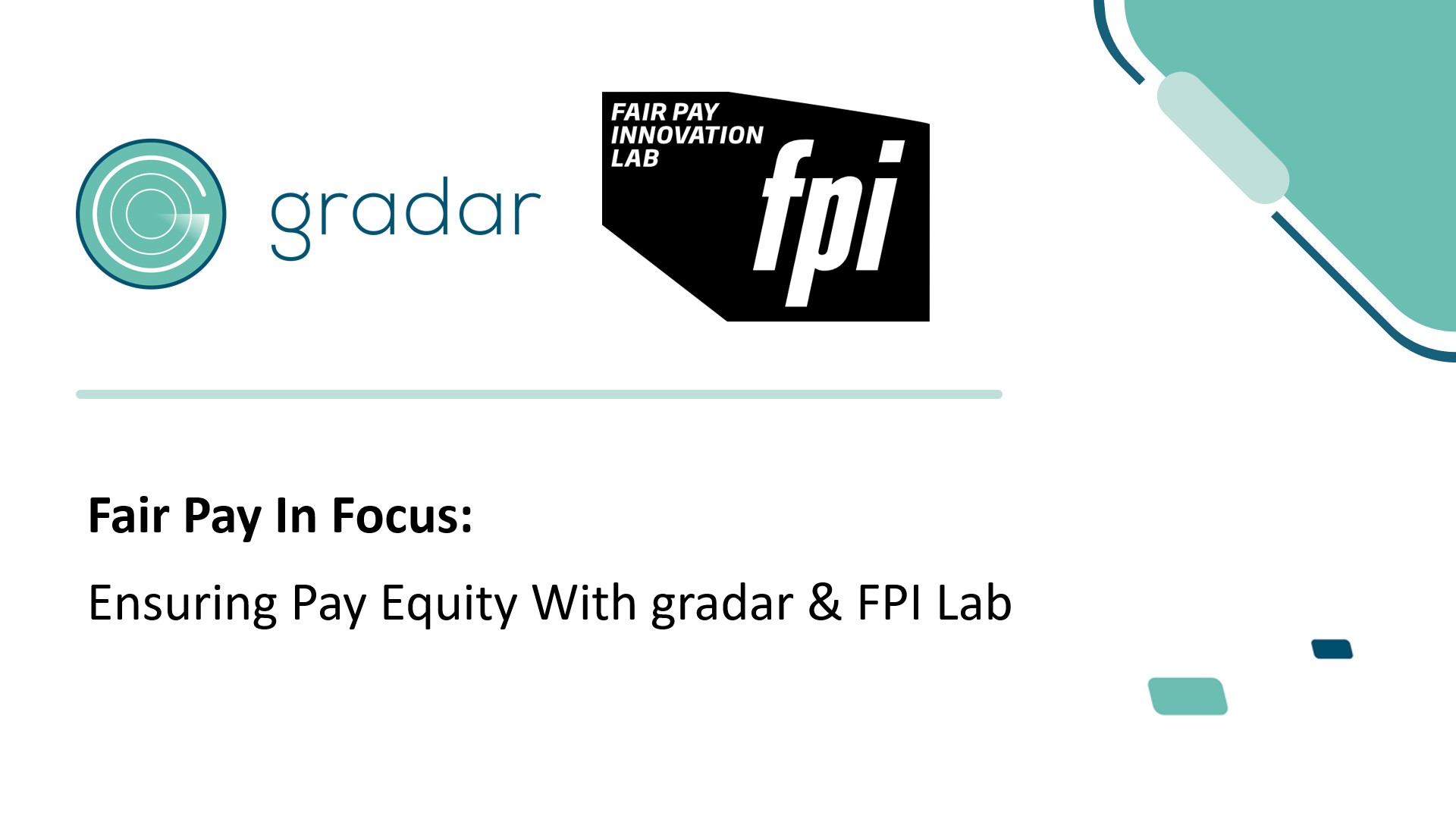People are a company’s most precious resource, so making sure that staff have the right skills, are engaged by their work and are continually developing is crucial to the long-term success of any company.
But finding and retaining an employee whose skills and behavioural attributes line up with role requirements and company culture can feel like a headache-inducing jigsaw.
Add in different departments and managers having their own definitions of success, and talent management can become disjointed and inconsistent.
That’s where competency models come into play. As one of the most powerful tools to recruit and future-proof talent, competency models can help in all stages of talent management - from that initial interview to succession planning and beyond.

What are Competency Models?
Competency management is a structured approach used to link a person’s skills, knowledge and behavioural attributes to the specification of a certain role.
To measure competencies, we need to break each one down not just into a succinct description, but also make it objective and observable. A well-designed competency model does just that.
Competency models are vital when it comes to matching the right person with a role and company culture. Competency-based interviews give valuable insight, and applicants can be recruited on the basis of behaviours and skills that are predictive of their success.
However, the lifespan of a competency model goes way beyond the hiring stage. By comparing a ‘target’ and ‘actual’ profile, competency management can be used to give a clear direction for further training, to measure performance on an ongoing basis, and to give key insights for succession planning.
By clearly defining the standards of success, a competency model can help to streamline all talent management functions into one end-to-end process.
Equally as important, a competency model builds organisation-wide alignment. By speaking a common language when it comes to defining success, different departments can ensure consistency in their talent management functions.
In short? Competency models are a streamlined way to accurately measure a person’s potential and performance whilst building organisation-wide alignment.
And don’t just take our word for it; in a survey by the Society for Human Resource Management (SHRM), 93% of 500 C-suite executives claimed that competency models were vital to their organisation’s success.
What is the TMA competency model?
The TMA competency model has been extensively validated as a solution for job profiling, talent management, feedback and assessment.
The TMA Competency Library consists of 53 competencies in 12 languages. The competencies are subdivided into four levels: general, operational, tactical and strategical.
Within each subdivision, the model is broken down into clearly defined and easily measurable behavioural attributes and skills. From social awareness to stress management to business orientation, the library is designed to give a 360 view of a candidate or employee’s profile.
Each competency is supplied with behavioural examples, interview questions, development and coaching advice to make talent management a seamless end-to-end process that continues way beyond the hiring stage.
But the really ground-breaking part of the TMA model? It encourages playing to an individual’s natural talents and attributes. Instead of bending someone to the demands of a job, it finds the job profile that will bring out the best in them whilst maximising their job engagement and satisfaction.
The result is a process that benefits both the employer and the employee. By creating alignment between the needs of an organisation and needs of the people it employs, the TMA model can help to find and nurture that much sought-after ‘perfect fit’.
TMA and gradar
As part of the gradar grading process, job evaluation results are automatically translated into up to seven TMA competencies. This selection is calculated based on career path, job grade and global job family.
Because the best predictors for on-the-job performance are intelligence and conscientiousness, gradar makes the competencies of ‘learning ability’, ‘problem analysis’ and ‘workmanship’ as default within the Individual Contributor career path.
When it comes to management roles, gradar focuses on different competencies depending on the level of the associated management tasks. Key competencies such as decisiveness, business orientation and vision are used to select, assess and develop first-class management talent.
Finally, for the project management career path, gradar focuses in on competencies such as attention to detail and written expression as predictors for success across any industry.
Yet, whilst it would be great if there was a ‘one-size-fits-all’ formula to workplace success, the reality is a lot more complex. With so many variables at play - including company culture, industry and business size - the competencies needed to succeed are unique to each organisation.
That’s why gradar is a highly customisable system. It allows users to manually overwrite job-specific competency matches, amend competency definitions and integrate a custom competency model.
The result? Bespoke evidence-based reports that are easily filtered and exported as an editable Word document.
The Takeaway
It’s clear that competency systems are highly valuable for both organisations and their employees. Not only do they help businesses hire and nurture the best talent, but they have the power to maximise job engagement and satisfaction for staff. When success is clearly defined, an organisation works and grows in alignment.
At the heart of any talent management process is a comprehensive, evidence-based competency model such as TMA. Expertly defined competencies teamed with resources that can be applied to job profiling, interview, assessment and succession planning stages of talent management creates a streamlined end-to-end process.
By combining this extensively validated model with cutting edge, customisable technology, gradar is one of the few systems on the market that offers a translation of job evaluation results into job-specific competencies. We offer organisations the ability to get a custom competency model up and running quickly, without the eyewatering cost of legacy systems.
If it sounds like gradar could help your business, get in touch with our team at gradar.com
would you like to know more?
register now for our free evaluation version and try gradar for free!



